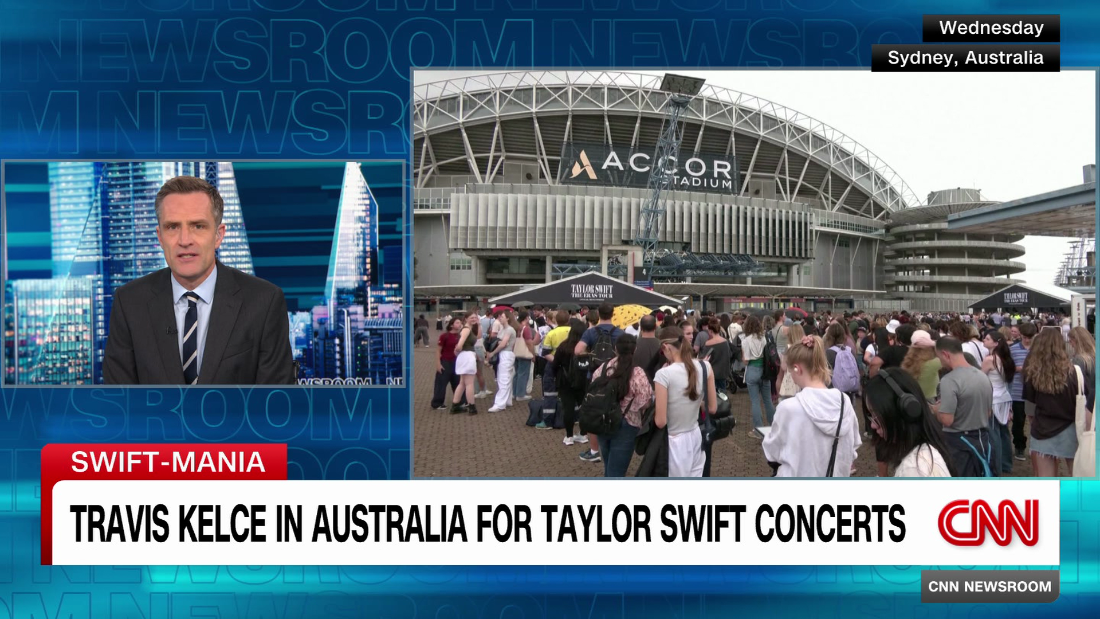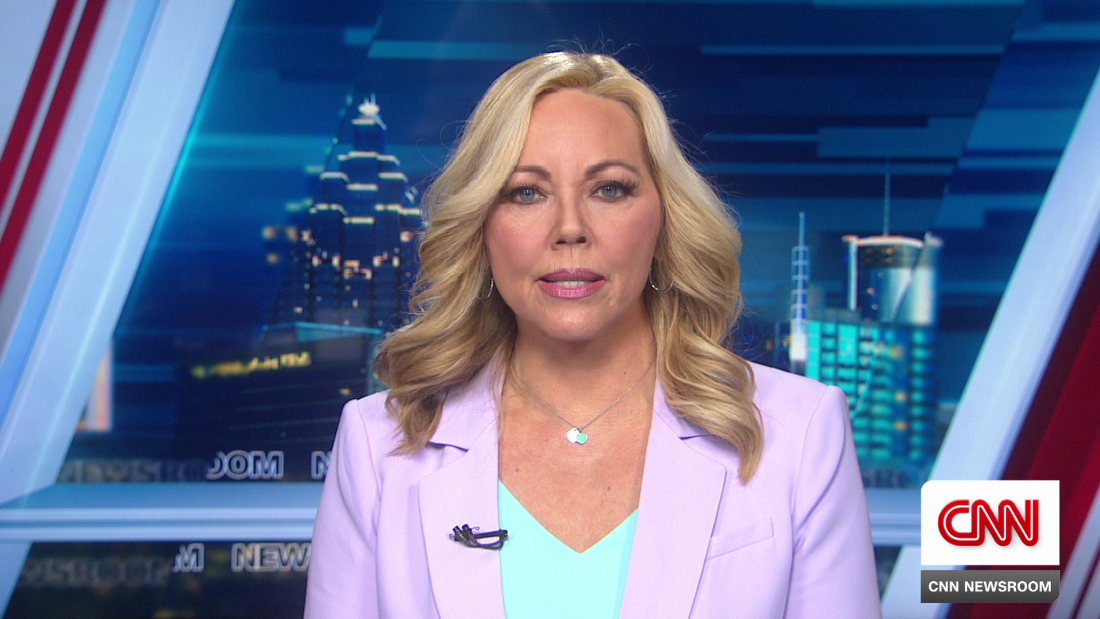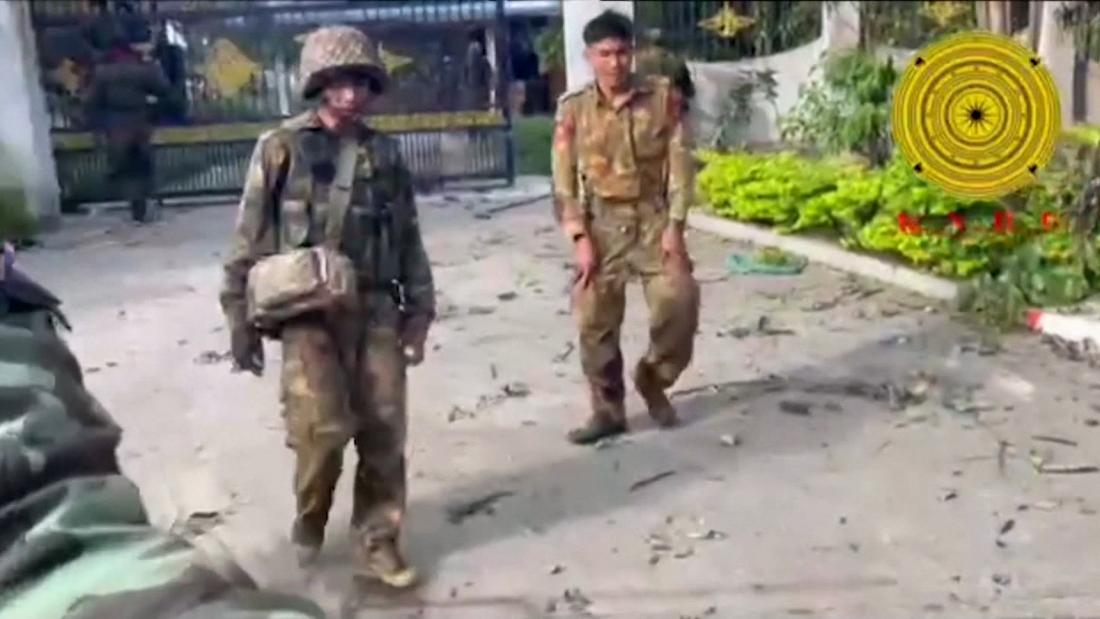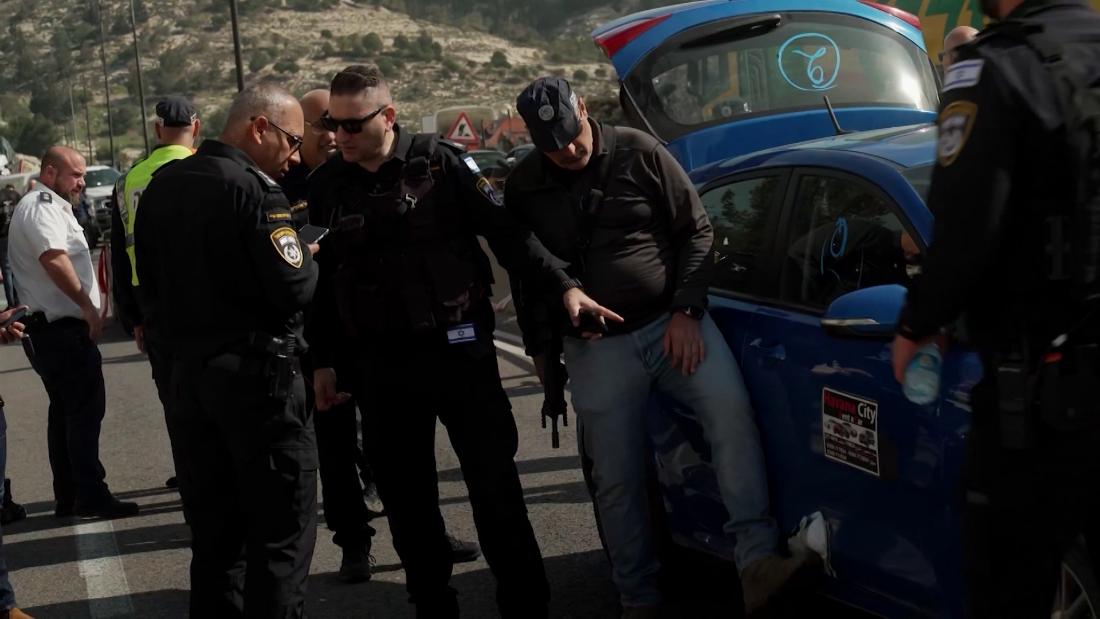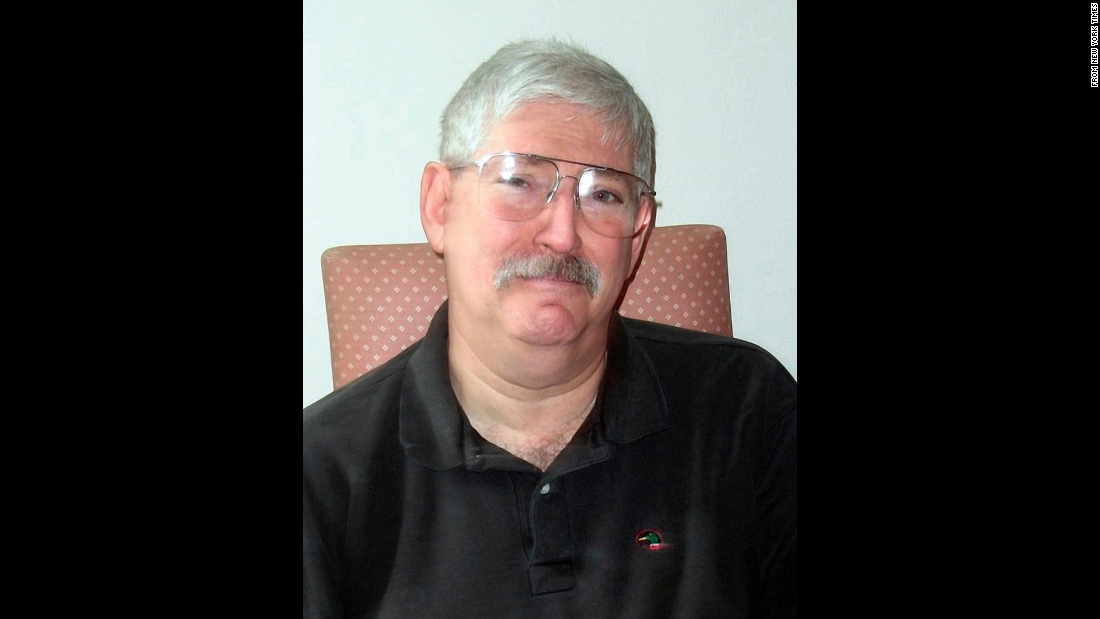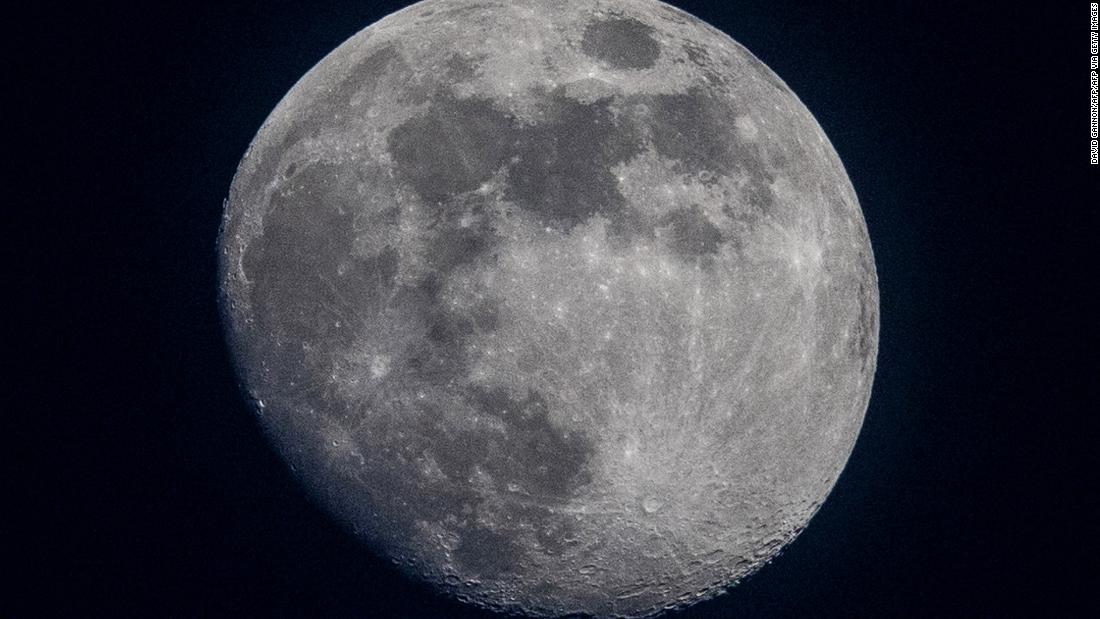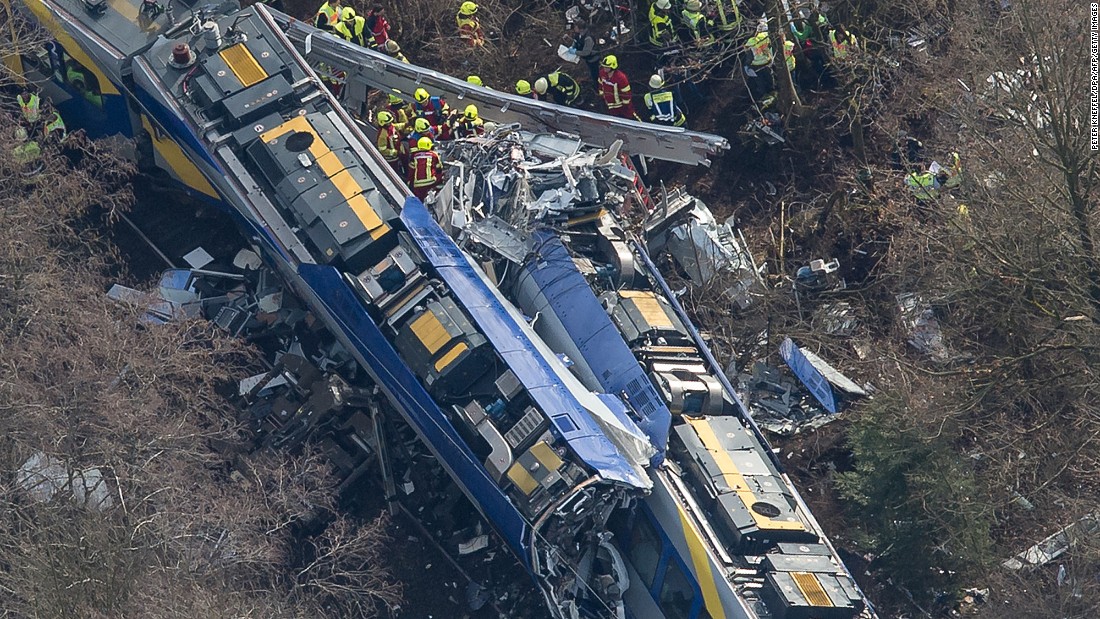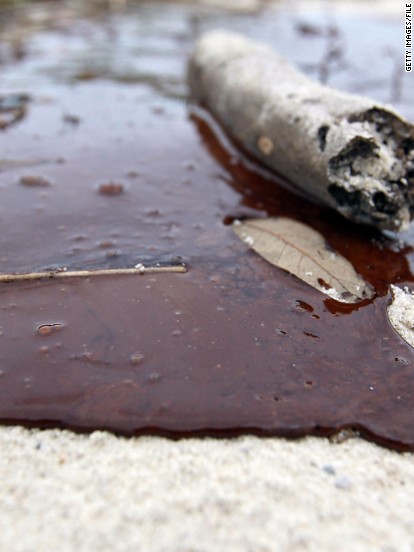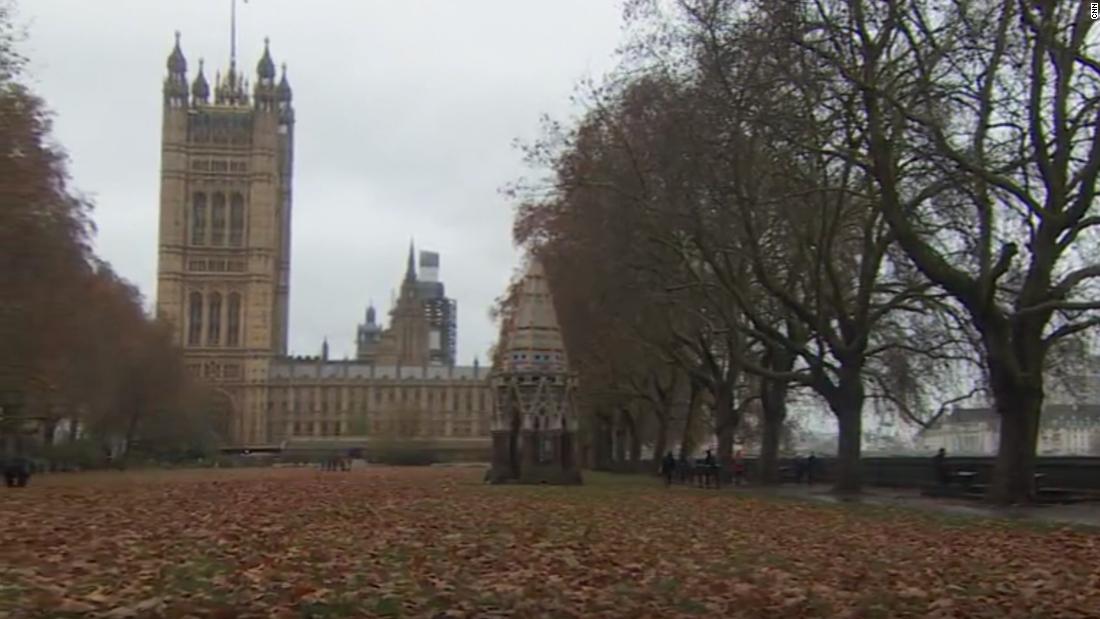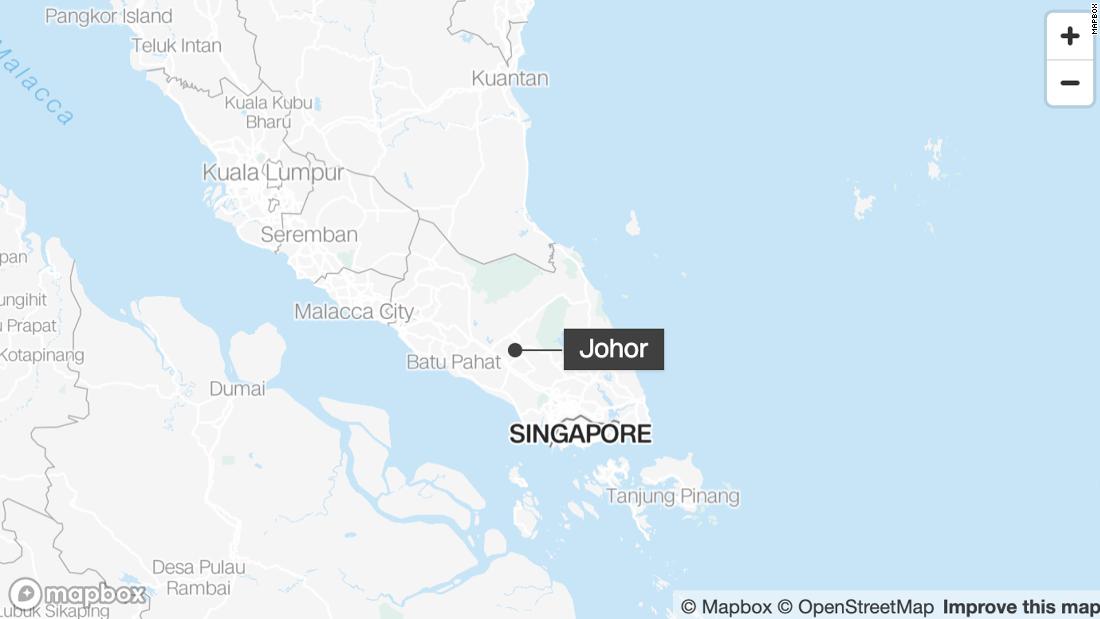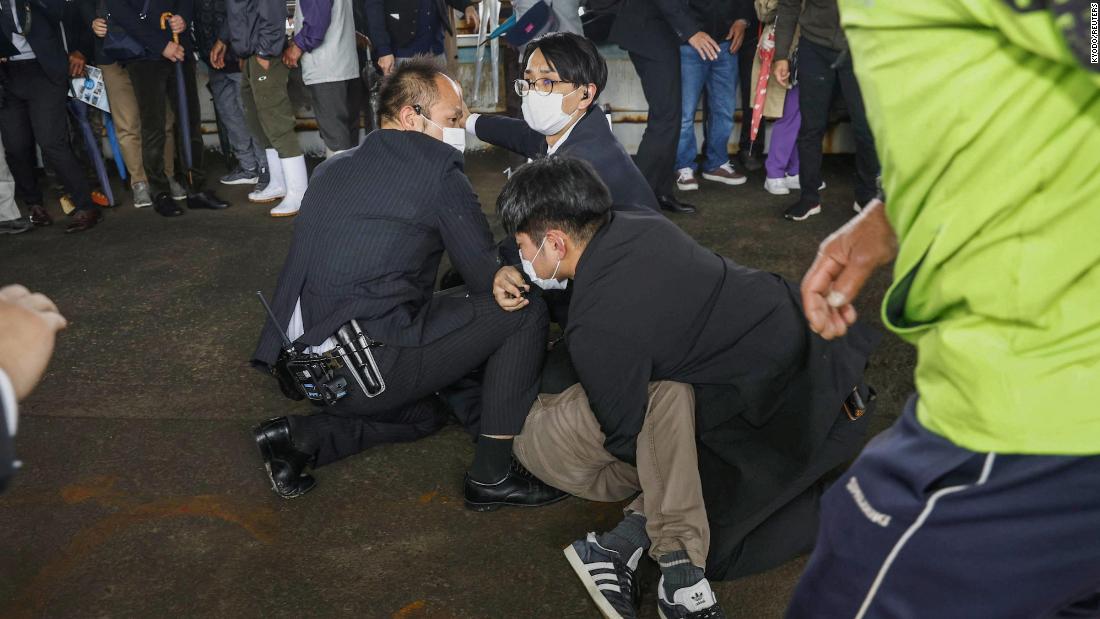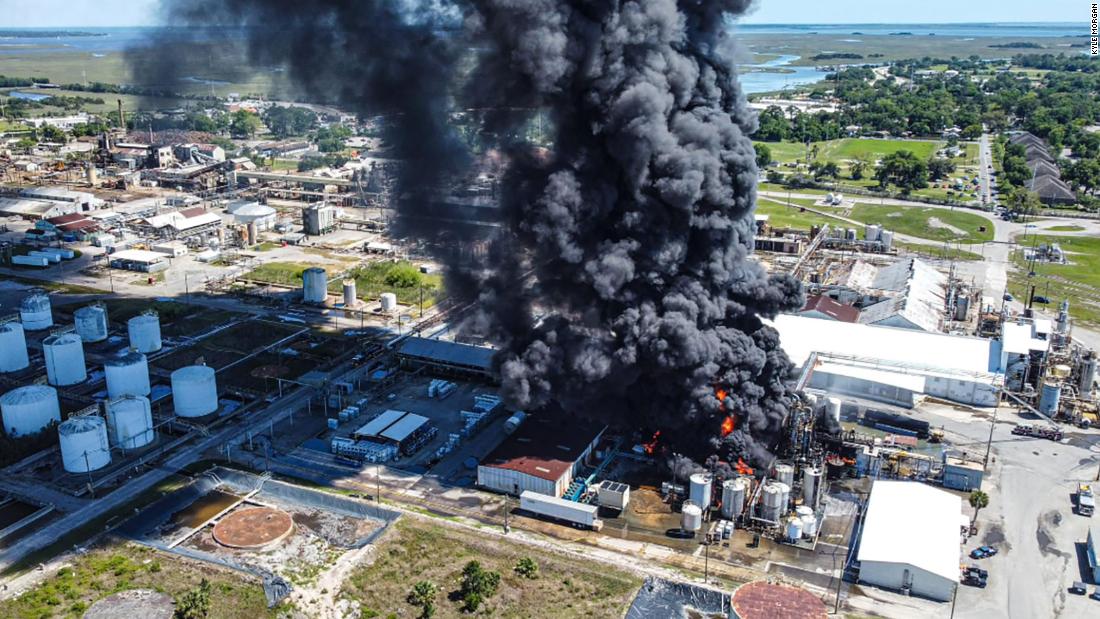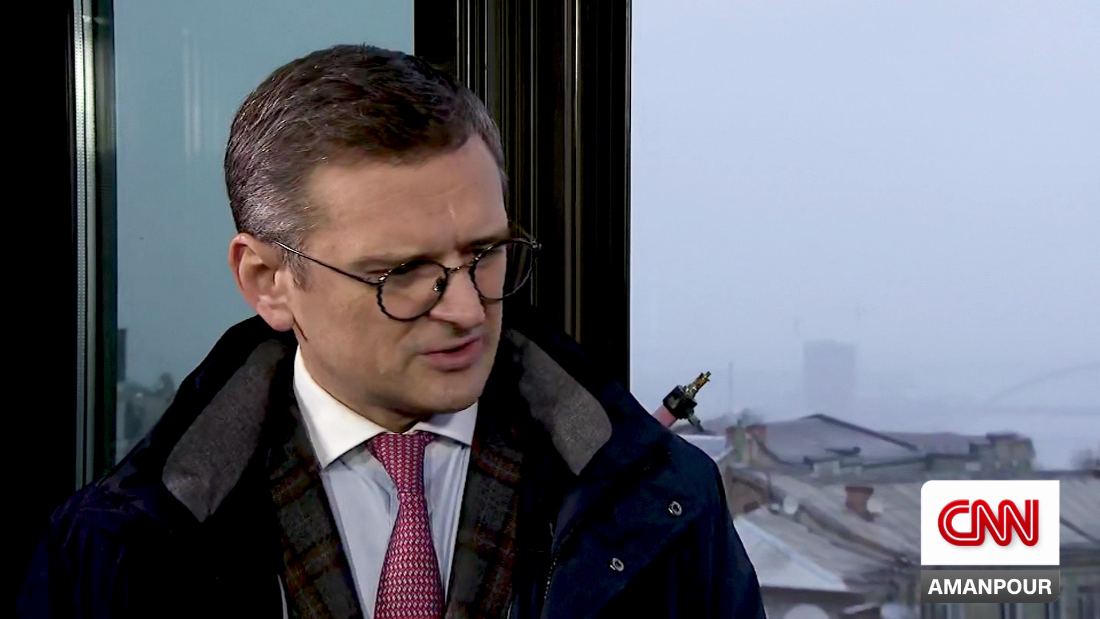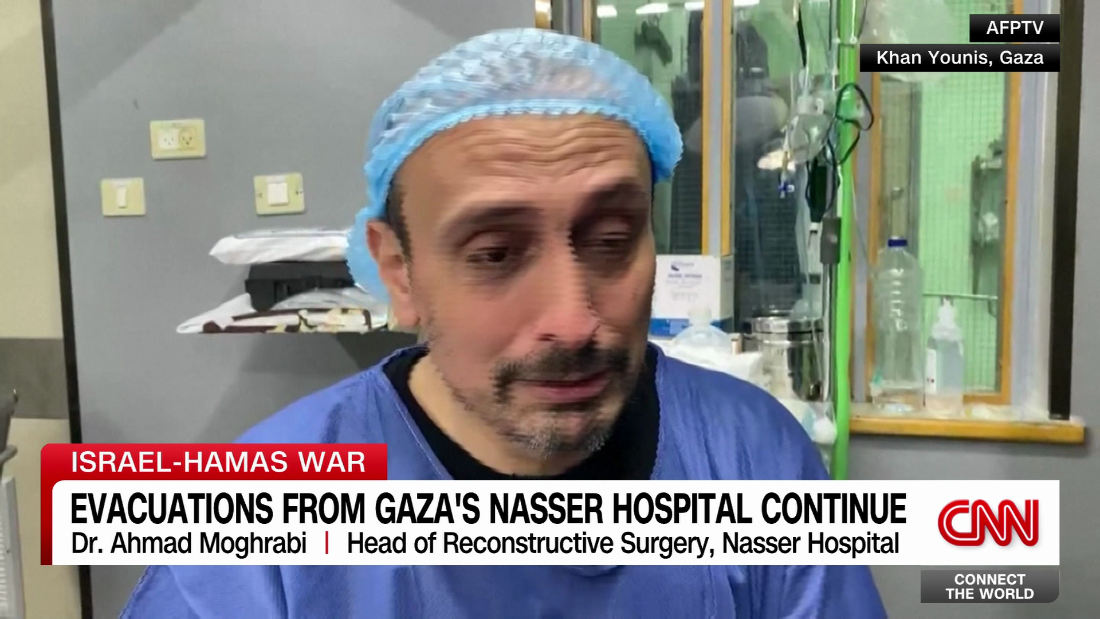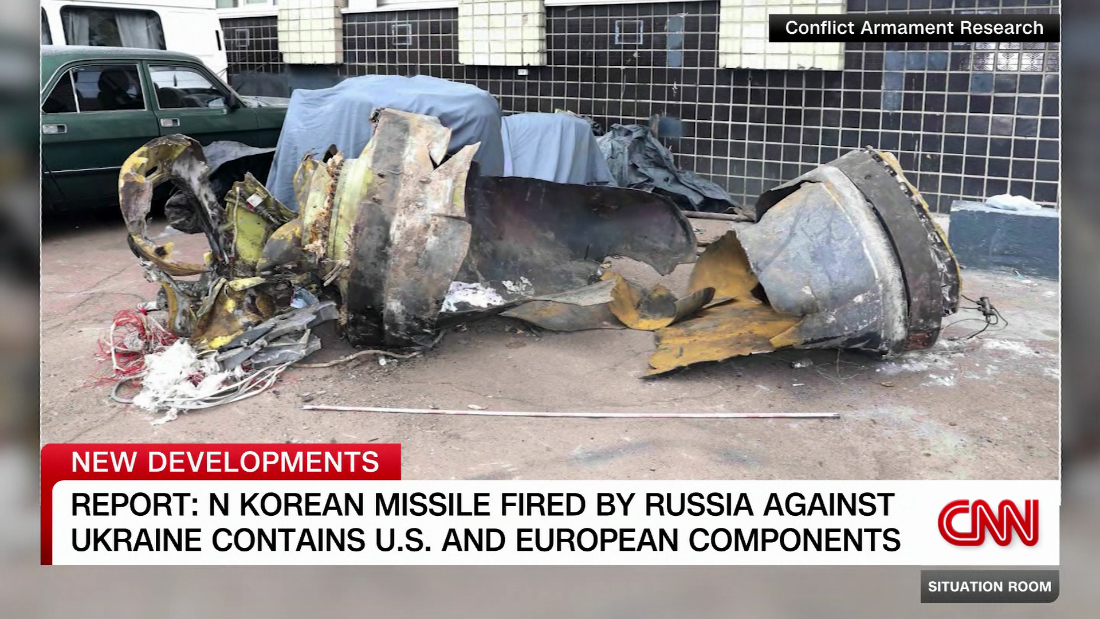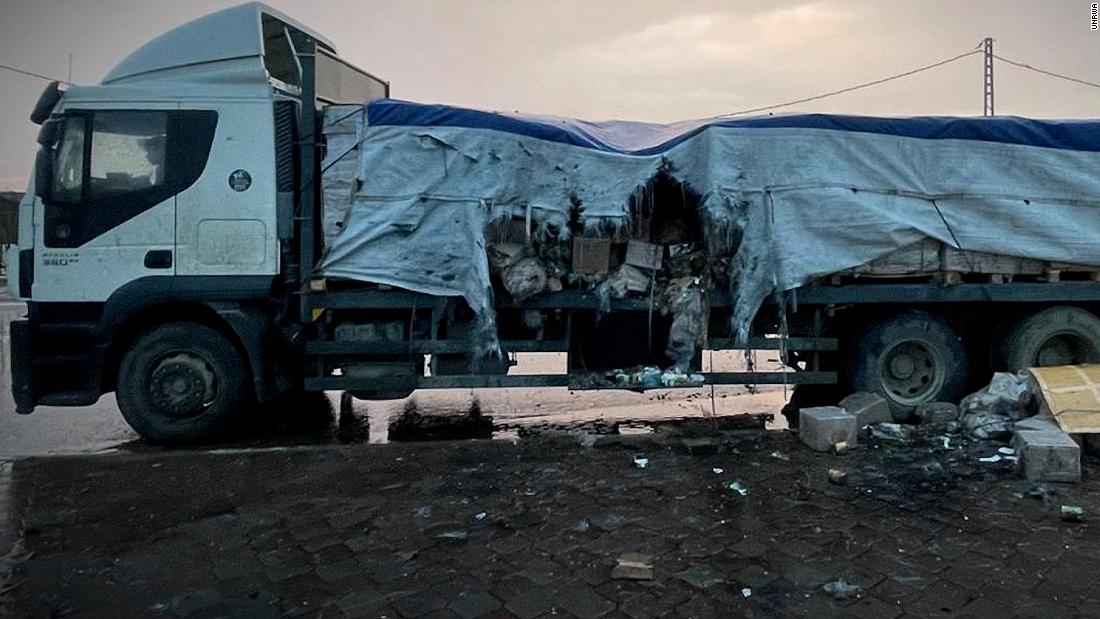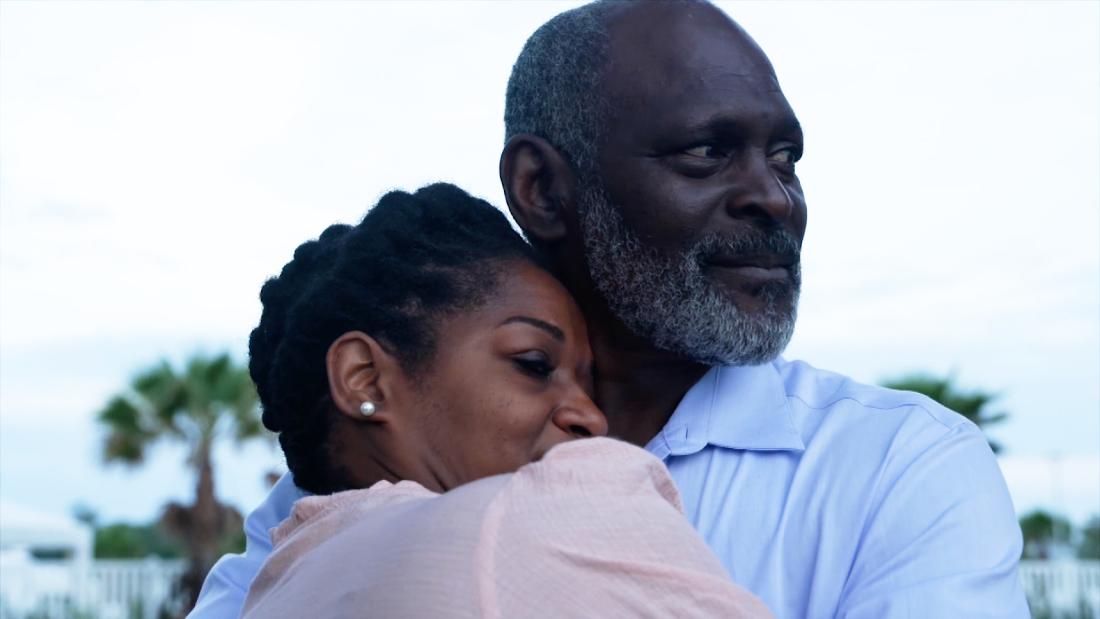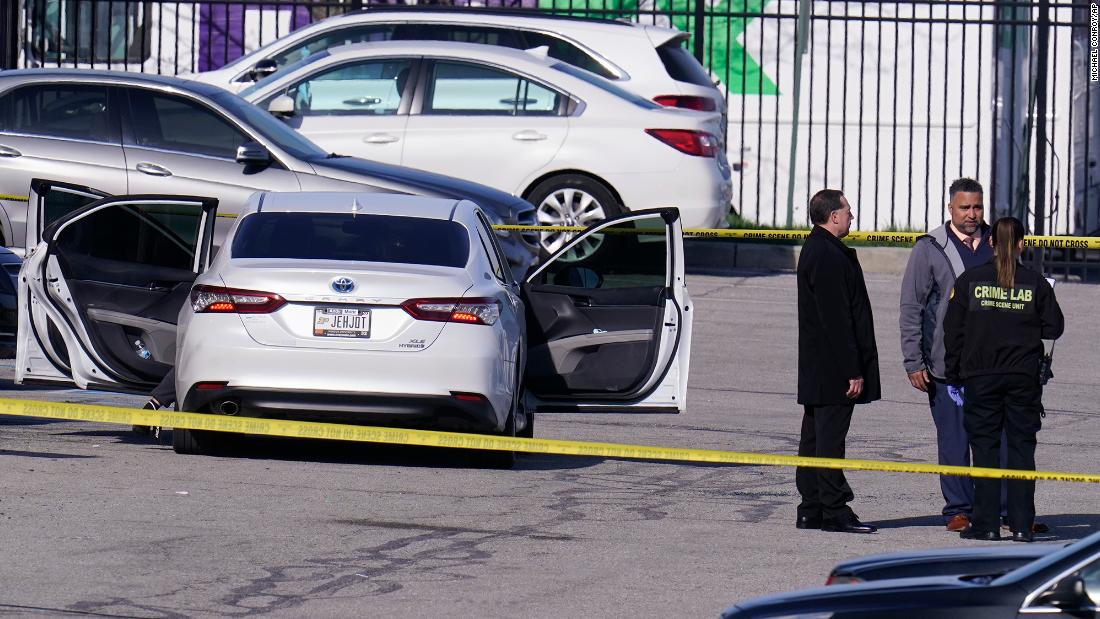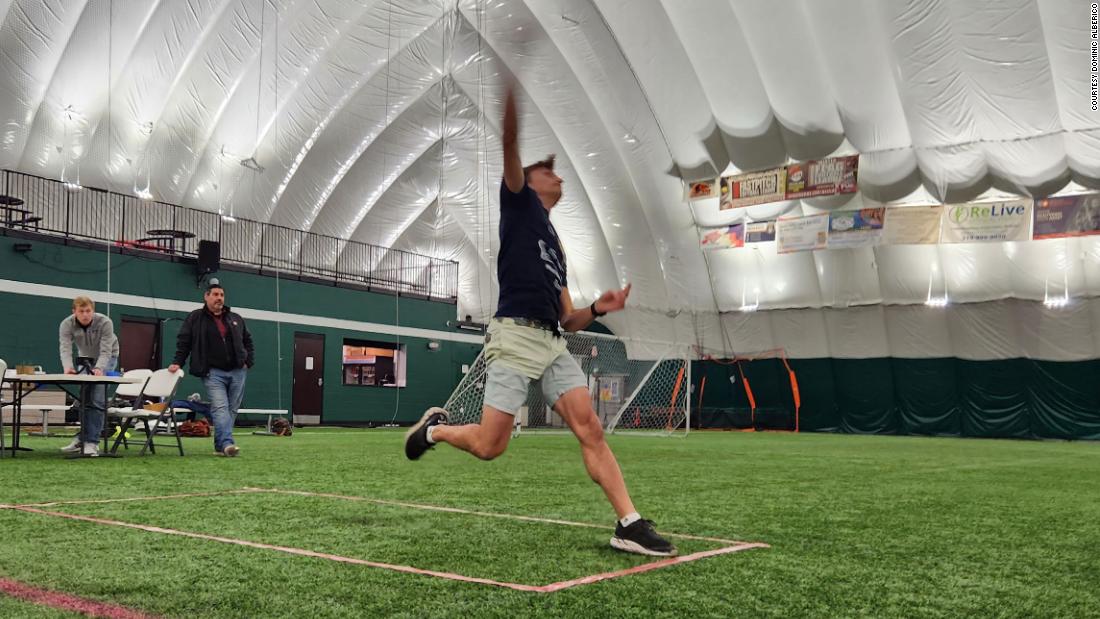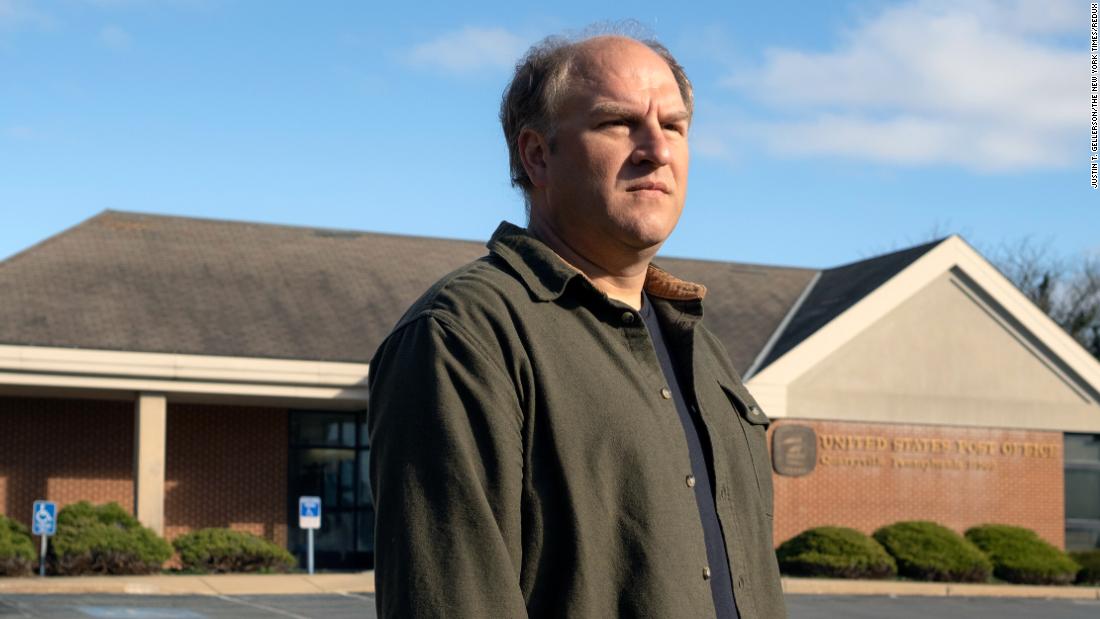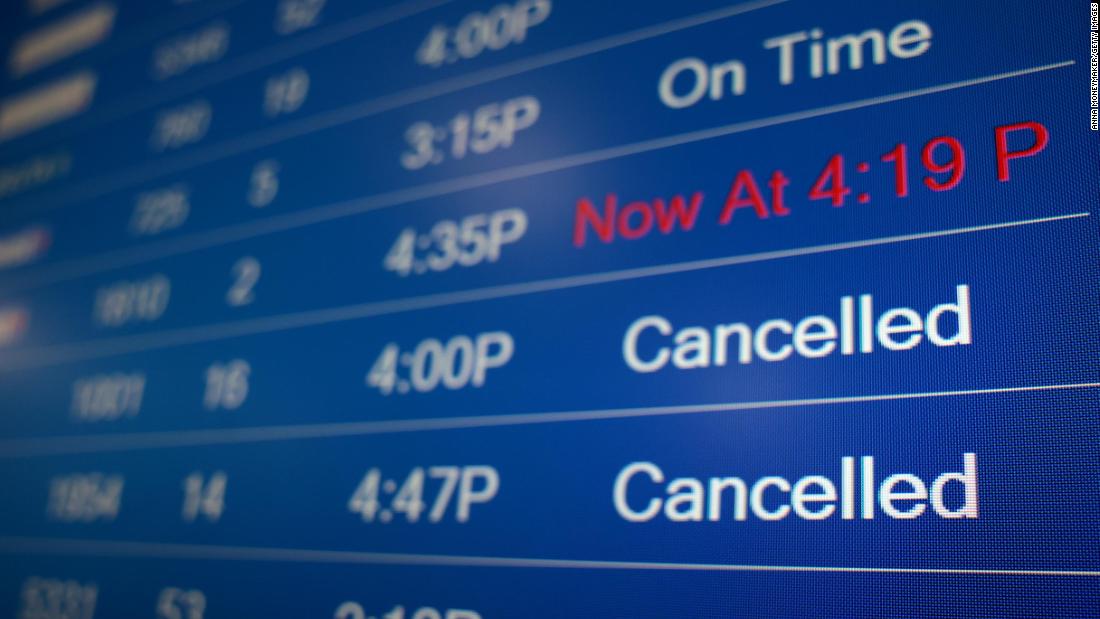WHILE the exact cause of the horrific Air India crash is not yet known, speculation continues to swirl online.
The Boeing 787 Dreamliner with 242 passengers on board – including 53 Brits and 11 children – smashed into a doctors’ hostel in the west of India on Thursday.
ReutersA fire officer stands next to the crashed Air India Boeing 787-8 Dreamliner aircraft[/caption]
x/nchorAnandNThe Air India plane crashed into a medical college campus creating a huge fireball[/caption]
APThe plane’s tail can be seen sticking out of a building following the crash[/caption]
AlamyPeople sift through the debris of Air India flight AI171 as they search for survivors[/caption]
The plane was heading to London Gatwick when it crashed just moments after take-off.
One of Flight AI171’s two “black boxes” has reportedly been recovered – which should provide crucial evidence on the fatal five minutes between the plane’s takeoff and impact.
Follow our live blog here…
The black box will provide technical information on details like time, airspeed, altitude and hearing.
And the cockpit voice recorder may also offer vital clues such as any conversation between the two pilots, any engine noises or bangs, stall warnings or sounds of other equipment.
The crash killed at least 265 people – including those on board and locals on the ground.
As crash investigators begin to pour over that data, The Sun looks at six main theories as potential causes for India’s worst ever aviation disaster.
Bird strikes
Aviation experts believe the aircraft’s engines could have been struck by birdsX
A bird strike could have taken out both of the jet’s General Electric engines.
While a bird taking down something the size of a commercial airliner might sound fanciful, there are numerous examples.
Most famous was US Airways Flight 1549, which suffered double engine failure in 2009 after being hit by a flock of Canada geese shortly after taking off from New York’s LaGuardia Airport.
The plane, captained by Chesley “Sully” Sullenberger, was forced to make an emergency landing in the Hudson river – earning the tagline the “Miracle on the Hudson” since there were zero casualities.
Ahmedabad Airport is known to have a large bird population – with a study in 2018 concluding that the airport had “a high potential of bird-aircraft collision hazards”.
Captain C S Randhawa, who has flown a Boeing 777 for 15 years, said a bird strike was “the most probable” cause of the crash.
“Both Ahmedabad and Agra airports are full of birds. Incidents of aircraft being hit by birds keep happening on and off,” he told The New Indian Express.
Aviation safety consultant Captain Mohan Ranganathan told the same publication: “Bird hit appears to be the reason as of now.
“Ahmedabad airport has a history of a huge bird population. I flagged this issue 17 years ago and have written extensively about it too.”
Captain Ranganathan claims that the birds are drawn to the slaughterhouses near the airport.
He added: “The reason for such a huge presence is due to slaughterhouses in the vicinity of airports which should never have been allowed.
“They are never relocated by the authorities because they are owned by politicians or their relatives.”
In January 2021, an identical plane to the one involved in Thursday’s crash aborted a take-off in Mexico after birds flew into one of its engines.
Wing flap position
ViralPressCCTV footage shows the doomed Air India Dreamliner taking off in Ahmedabad[/caption]
Aviation experts have suggested the position of the aircraft’s wing flaps could have played a role in the disaster.
Video evidence suggests the flaps were fully retracted, which would have provided minimal lift.
The aircraft’s landing gear also remained deployed throughout which would have increased potentially fatal drag.
One theory is that the landing gear was stuck and pilots retracted the flaps to reduce drag or that the flaps were faulty and caused the plane to stall.
Aviation expert Terry Tozer, author of Confessions of an Airline Pilot, told the BBC: “It’s very hard to say from the video for sure.
“It doesn’t look as if the flaps are extended and that would be a perfectly obvious explanation for an aircraft not completing its take-off correctly.”
Marco Chan, a former pilot and a senior lecturer at Buckinghamshire New University, said: “That would point to potential human error if flaps aren’t set correctly, but the resolution of the video is too low to confirm that.”
Pilot error
The plane’s captain Sumeet Sabharwal, who had 8,200 hours of flying experience
The state-of-the-art Boeing 787-8 is highly automated, with human pilots making only key decisions – but human error cannot be ruled out.
Co-pilot Clive Kundar had more than 1,000 hours of flying experience and made the mayday call but Captain Sumeet Sabharwa at the helm had 8,000 hours – making him one of Air India’s most experienced pilots.
Sabharwa was also a trained instructor, meaning he had a deep understanding of flying protocol.
Estimates suggest the amount of runway utilised by the pilots was less than 2,000 metres – when a full plane on a hot day usually needs a run of 2,500 metres.
Additionally, since the wing flaps are also set by the pilots before takeoff, with multiple checklists and procedures in place to ensure that they are positioned correctly, that could also be another source of human error.
Heat
XSmoke billows from the crash site, with temperatures hitting 40C on the day[/caption]
Planes get less lift on a hot day due to lower air density, and therefore they need to go faster to get as much lift as on a cooler day.
Flight AI171 took off in sweltering 40°C heat in the early afternoon sunshine.
The plane may have struggled to gain lift if it took off after a short runway take-off.
In his emergency mayday call, co-pilot Clive Kundar says “No thrust, losing power, unable to lift.”
Technical error
AlamyOne of Air India’s Boeing 787-8 Dreamliners taking off at London Heathrow Airport[/caption]
Catastrophic technical or engineering issues have not been ruled out.
The jet’s complex design mean it could take months for a design or engineering fault to be pinpointed.
The Dreamliner has a spotless safety record – this is the first time the model has crashed since its introduction in 2011.
However, airlines using the Boeing plane have reported numerous issues with the engines, including a mid-air dive on a LATAM Airlines flight last yeear.
During hearings in Washington last year, a former Boeing engineer turned whistleblower urged the aerospace giant to ground all Dreamliners.
However, the aircraft manufacturer rejected the claims and said it had full confidence in the 787.
Overloading
Ray CollinsPeople online have also speculated that the plane may have been over burdened[/caption]
The aircraft could also have been too heavy to take-off.
Danger of overloading could be increased – again – by adverse wather conditions caused by extreme heat.
But the weight of aircraft is usually carefully checked ahead of take-off and the theory is thought unlikely.
ReutersA woman cries upon hearing the news of a loved one’s death onboard the flight[/caption]
TwitterVishwash Kumar Ramesh, the only survivor of the crash and fireball that followed[/caption]
ReutersSecurit personnel guard the crash site as night falls[/caption]
ReutersNext to the security personnel is a large panel of the crashed aircraft[/caption] Published: [#item_custom_pubDate]













